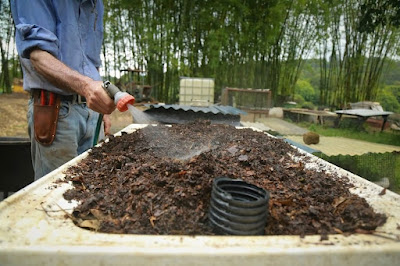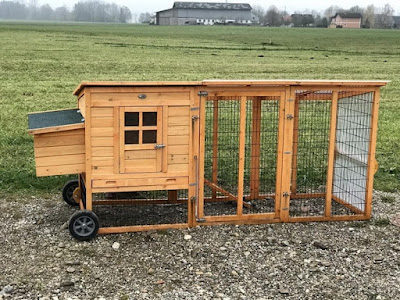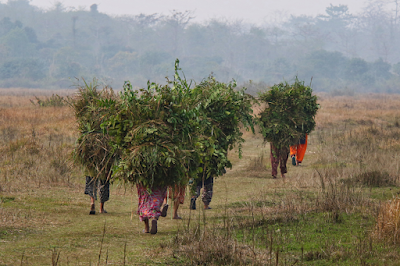PDC LESSON 7.12 COMPOST – GREEN MANURE MAKES IT GOOD

PERMACULTURE COURSE AGRO - ECONOMY PDC LESSON 7.12 COMPOST – GREEN MANURE MAKES IT GOOD Green manures are a cornerstone of ecologically sensible agriculture. They can provide outstanding benefits for the soil, crop and you, the gardener by: · Increasing organic matter, earthworms, and beneficial microorganisms · Increasing the soil's available nitrogen and moisture retention · Stabilising the soil to prevent erosion · Bringing deep minerals to the surface and breaking up hardpans · Providing habitat, nectar and pollen for beneficial insects and reducing populations of pests · Improving water, root, and air penetration in the soil Smothering weeds Green manure crops can be grown either before or along with the main crop. Growing of leguminous green manure crops increases nitrogen availability in the soil. Green manure crops act as a reservoir of nutrients. These nutrien







